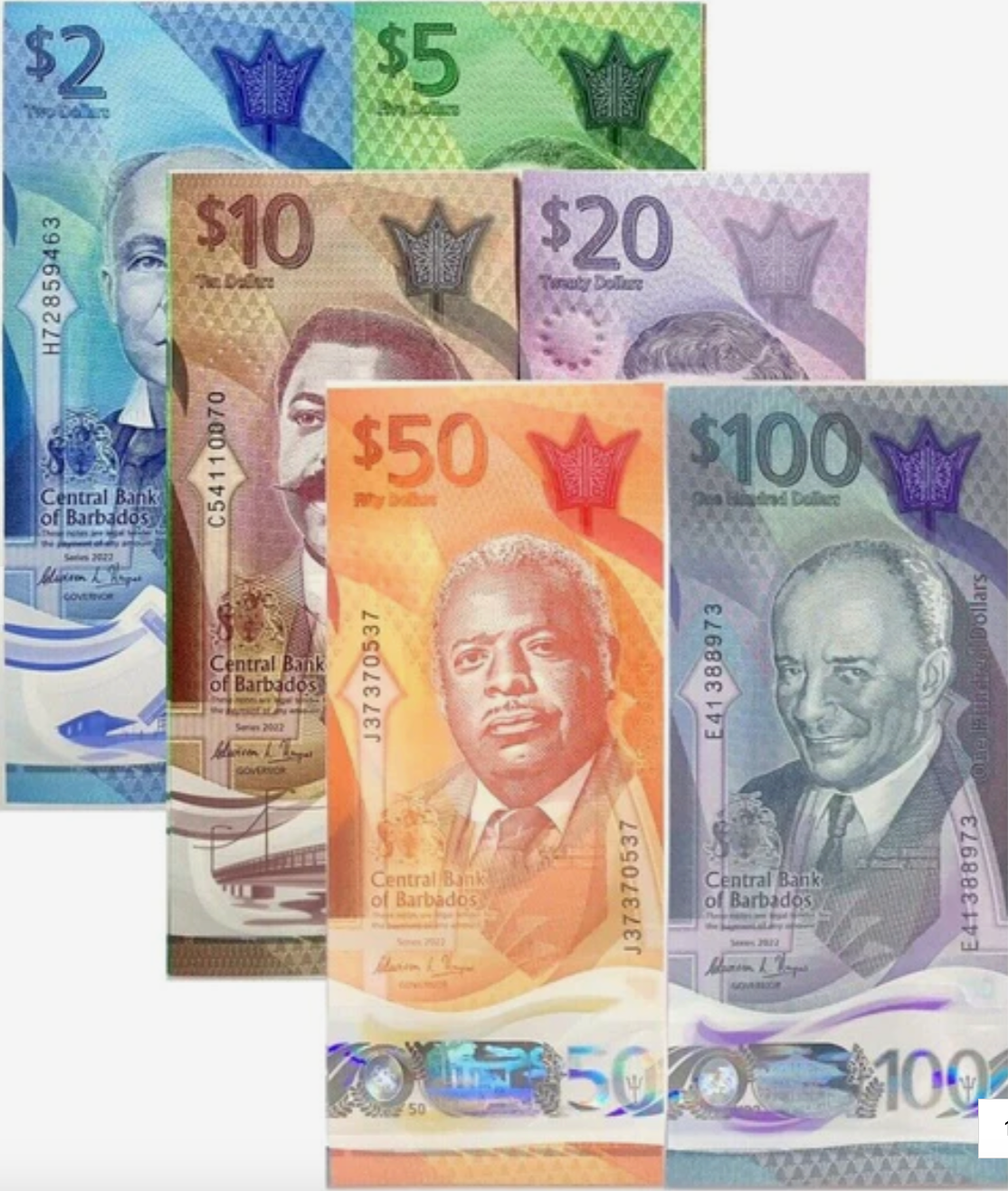Polymer banknotes have emerged as a new contender in the ever-evolving currency arena. As nations transition from traditional paper to polymer, it's vital to grasp the pros and cons of this modern monetary form. Let's delve deeper into the realm of polymer banknotes, fortified by credible information.

Understanding the Essence of Polymer Currency.
The Fundamentals:
Standing at the pinnacle of currency advancements, polymer banknotes are crafted from cutting-edge synthetic compounds, predominantly polypropylene. This shift from the age-old cotton or linen mix introduces a unique blend of durability and protection.
Contrasting with Traditional Paper Money:
While serving analogous purposes, polymer banknotes offer an unparalleled tactile sensation. Beyond their distinct touch, their sleek exterior acts as a barrier against common contaminants like dirt.
The Advantages of Polymer Banknotes
1. Superior Durability: One of the standout features of polymer banknotes is their robustness. Unlike their paper counterparts, these notes are designed to resist water, chemicals, and wear and tear, ensuring they remain in circulation longer.
2. Eco-friendly Credentials: Despite being plastic-based, polymer banknotes present an environmentally conscious choice. Their extended lifespan means reduced production cycles. Plus, their end-of-life recyclability into products like household items further underscores their green credentials.
3. Fortified Security: In the battle against counterfeiting, polymer banknotes are a formidable defense. Their unique material composition allows for the integration of state-of-the-art security features, ensuring a safer economic landscape.
The Challenges of Polymer Banknotes
1. Elevated Production Costs: Innovation comes at a price. The initial setup and production of polymer banknotes can be more resource-intensive than traditional paper money.
2. Recycling Complexities: While polymer banknotes can be recycled, the process demands specialized techniques. The end product, though recycled, isn't suitable for new banknote production.
3. User Experience Concerns: The very features that make polymer banknotes unique can also pose challenges. Their sleek texture can make them less user-friendly in certain situations, such as counting or handling in humid conditions.

Spotlight: The 1000 Peso Bill
A Real-world Example: The 1000 peso bill, a staple in various economies, offers a tangible case study of polymer's impact. The material allows for richer designs and enhanced security but isn't without its user challenges.
Conclusion
Polymer banknotes, with their blend of advantages and challenges, are reshaping the future of global currency. Their durability, eco-friendliness, and security features are commendable. However, stakeholders must also consider the associated costs, recycling challenges, and user experience nuances. As with any innovation, a balanced perspective, backed by expert insights, is key.
FAQs
-
What's the primary material in polymer banknotes? Expert sources confirm that polymer banknotes are primarily made from synthetic polypropylene.
-
How do polymer banknotes fare against traditional paper in terms of lifespan? Research indicates that polymer banknotes can outlast paper ones by up to 2.5 times, depending on environmental conditions.
-
Is recycling polymer banknotes straightforward? While recyclable, polymer banknotes demand specialized recycling processes.
-
Have all countries adopted polymer banknotes? No. While many nations are exploring or have adopted polymer banknotes, they aren't a global standard yet.
-
What makes polymer banknotes more secure? Their unique material composition allows for cutting-edge security features, making counterfeiting significantly more challenging.

